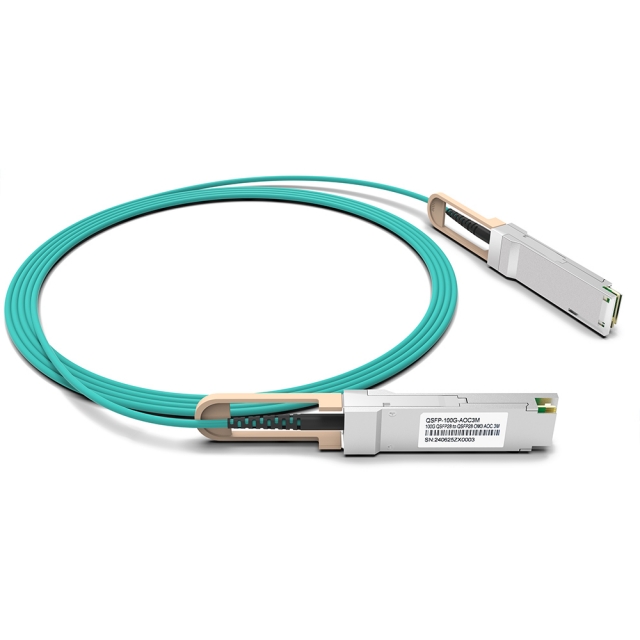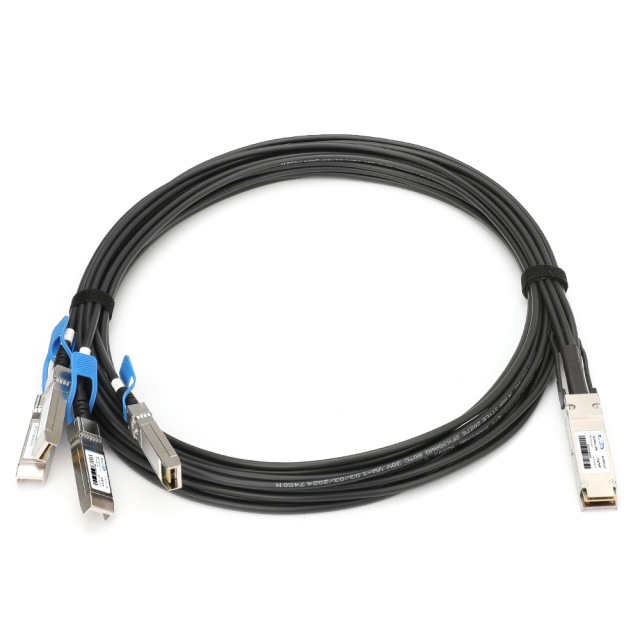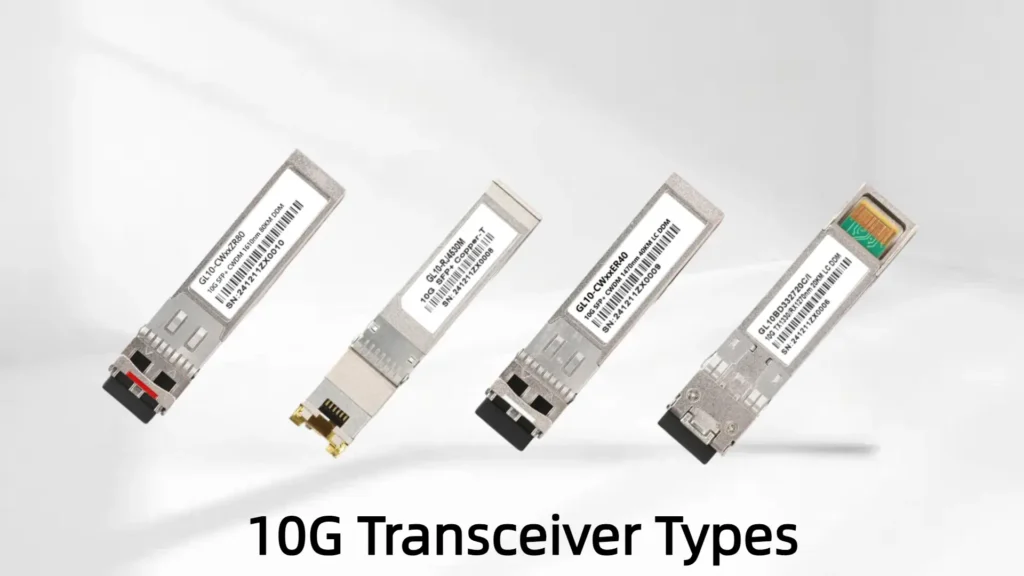Wavelength Division Transmission System (WDS)
WDM solutions involve a variety of technologies designed to increase bandwidth capacity, reach and network flexibility for fiber optic communications.
1.DWDM (Dense Wavelength Division Multiplexing) systems
Features: DWDM systems significantly increase transmission capacity by multiplexing multiple wavelengths of optical signals on the same fiber
Application: applicable to metropolitan area networks, national trunk lines and international submarine cables and other scenarios, able to meet large-scale data transmission requirements
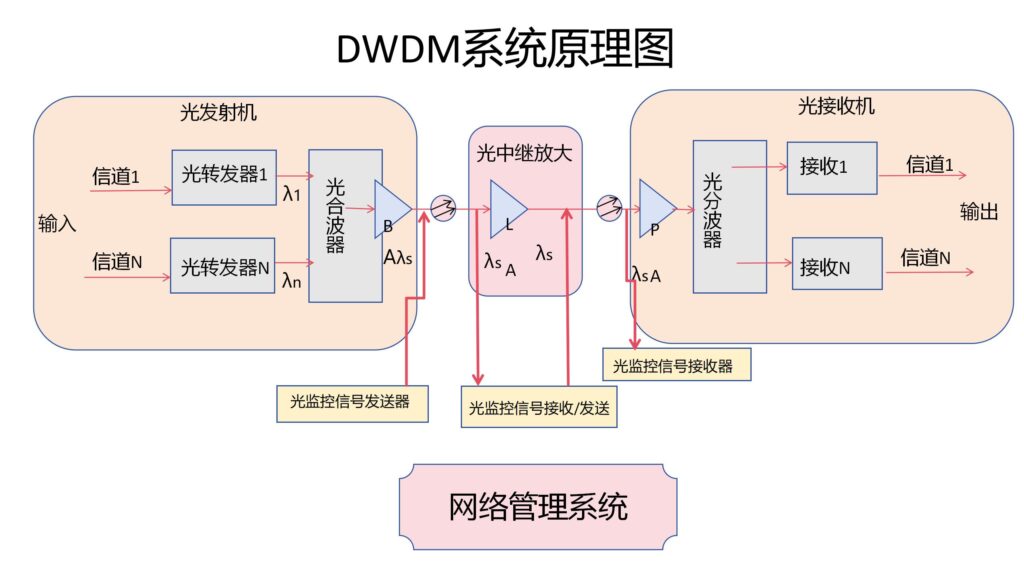
2.Active Wavelength Division Solution
Adopting active equipment at both the local and remote ends, it is suitable for areas with convenient power supply and high population density. The program supports ultra-long distance and large capacity transmission, and also has the function of automatic switching of primary and backup circuits to reduce operation and maintenance costs.
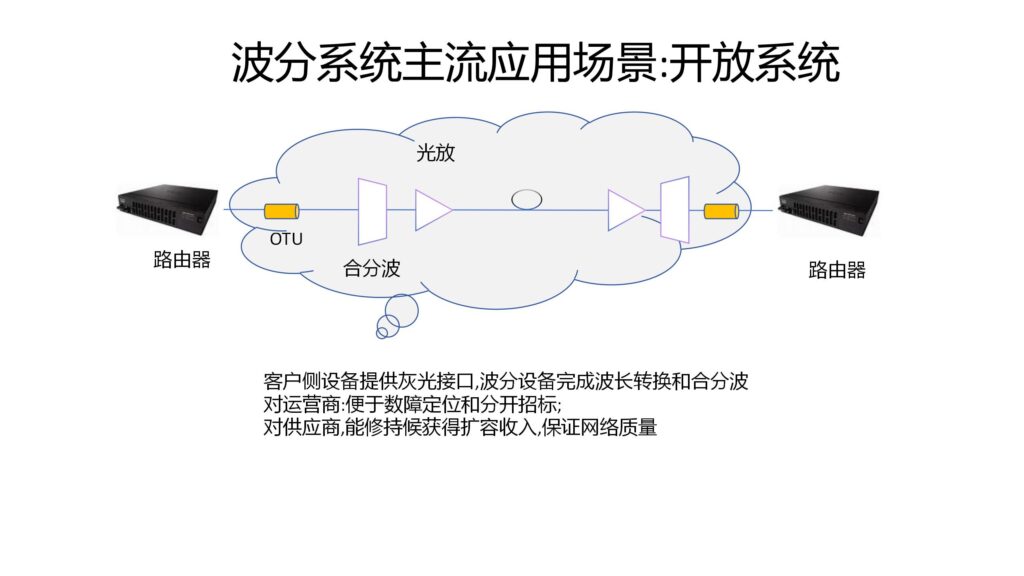
3.Semi-active Wavelength Division Solution
Combining the advantages of active and passive WDM, it is suitable for areas with convenient power supply to the server room of the bureau and two sets of different routing fibers. This solution integrates WDM and optical protection functions, supports remote monitoring and automatic alarms, and reduces the failure rate.
4.Passive Wavelength Division Solution
Features: Passive WDM equipment has lower cost and is easy to install, which is suitable for fiber resource scarcity or remote areas. This solution is usually used for 4G/5G base station pre-transmission, with the advantages of saving resources and reducing operation and maintenance costs
5.Multi-Channel, Highly Integrated Wavelength Division Transmission System
Features: For example, Vispace 1000 series WDM transmission system supports single-fiber unidirectional, single-fiber bidirectional, dual-fiber bidirectional and other networking methods, which is suitable for telecom carriers and various industrial applications. The system supports DWDM transmission with high integration and multi-service access capability, which can flexibly cope with different network requirements.
6.Ultra Long Distance Transmission Solutions
Features: For the demand of ultra-long-distance transmission, it adopts technologies such as Raman amplifier to realize powerless relay transmission of more than 3,000 kilometers.
7.Wavelength division multiplexing system based on MIMO technology
Features: Utilizes Multiple Input Multiple Output (MIMO) technology for signal processing to improve transmission rate and spectral efficiency. For example, 16QAM modulation format is used to replace the traditional QPSK format to improve spectral efficiency.
Application: Suitable for next-generation optical backbone network transmission, especially in application scenarios requiring high bandwidth and low latency.



